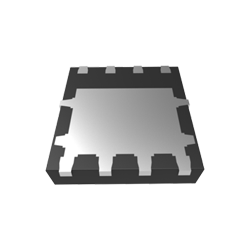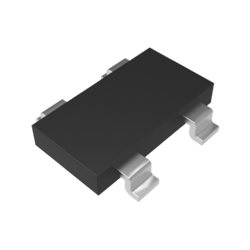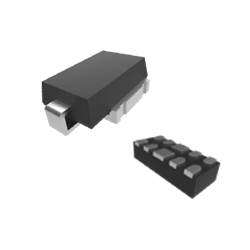/ Modern Vehicles Require Real-Time, Reliable Instrumentation
Instrument clusters provide drivers with the necessary data for safe operation of their vehicles and EVs. Depending on the make and model, the dashboard will contain various indicators and electronic displays, including:
- Speedometer - the vehicle's current speed
- Tachometer - the engine's revolutions per minute (RPMs) at any given moment
- Odometer - how many miles the vehicle has been driven
- Fuel gauge - for gas-powered vehicles, the current fuel level is shown
- Battery status - for EVs, the state of charge is shown
- Trip odometer - optional feature for measuring the distance of a specific journey
- Temperature gauge - current temp of engine's coolant
- Warning lights - alarms for issues with engine temperature, oil levels, tire pressure, airbags, anti-lock brakes, engine, seatbelt, or battery that often include sound alerts
- Indicator lights - various status readings for turn signals, transmission gear, and more
Other information may also included in some instruments clusters, such as:
- Miles per gallon/fuel economic - current MPG rating
- Remaining driving range - how long before the vehicle needs to refuel or recharge
- Temperature - the outdoor temperature
/ Application Considerations
When specifying components for automotive instrument clusters, design engineers should consider the following:
- Efficient power management - minimizing losses and enhancing efficiency is crucial for all components powered by the vehicle’s battery, including the instrument cluster
- Reliability in harsh conditions - the ability to withstand various operating conditions is essential
- ESD/EMI protection - reliability is impacted by electrostatic discharge and electromagnetic interference, so protections must be in place
- Surge protection - transients and overvoltage could disrupt performance, so safeguards should be incorporated
- Fast switching - frequent switching must take place in real-time, so switching speed is a determining factor when specifying components
- Low forward voltage drop - efficient operation is a priority for instrument clusters and other automotive electronic components that rely on battery power
- Thermal stability - proper heat dissipation ensures safe and efficient operation
- Applicable industry standards - auto components must adhere to stringent requirements, including AEC-Q101 qualification
Explore the essential components of an automotive instrument cluster in the block diagram below.




